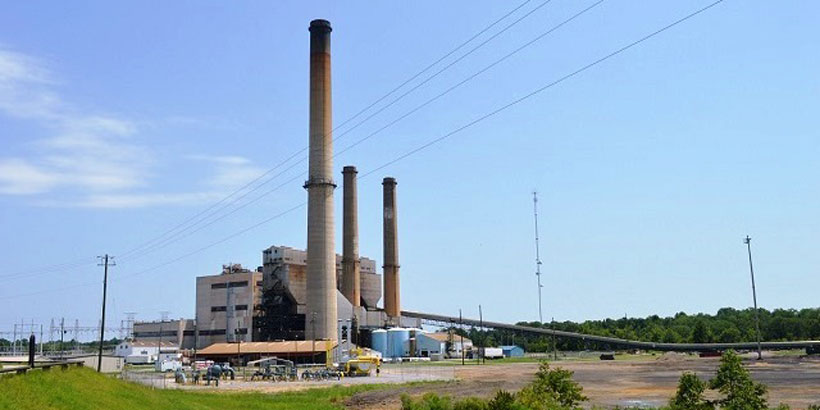By Marlee Moore
Alabama timberland is growing like words dripping off a Southern drawl – slow and steady.
In 2014, Alabama timber acreage increased from 22 million acres to an all-time high of 23 million, according to Service Forest Inventory & Analysis (FIA) data from the U.S. Department of Agriculture Forest.
“That million acres of growth didn’t just happen,” said Greg Pate, Alabama Forestry Commission (AFC) state forester. “We’ve seen a steady growth in Alabama’s timberland in the past 15 years.”
Alabama’s forests are the third largest in America, behind only Oregon and Georgia. Timber acreage covers 69 percent of Alabama’s total area, Pate said.
“Timber is a vital, renewable resource in Alabama,” said Rick Oates, Alabama Farmers Federation Forestry Division director. “This study shows landowners are successfully managing our forests with the future in mind.”
Despite perceptions that trees and forests are vanishing in Alabama, FIA data show timber growth now exceeds the volume of timber harvested annually, Oates said.
For every ton of timber harvested, 1.55 tons of new growth is added to Alabama’s forests. Since 2000, total timber volume increased 18.7 percent to 1.17 billion tons. Softwood timber volume, primarily pine species, increased 31.1 percent, and hardwood timber volume increased 7.6 percent.
“By keeping Alabama’s forests working, we’ve show we can sustainably manage them and keep them growing,” Pate said.
Working forests benefit Alabama’s economy through wood product manufacturing and the environment by maintaining clean water and air and providing wildlife habitat.
Jane Russell and her husband Tom bought their first tract of timber 40 years ago and now own timberland in Butler, Lowndes and Montgomery counties.
“Everything we’ve done with timber is a long-term investment,” said Jane Russell, 69. “There’s nothing better to leave your children.”
Russell is one of seven AFC commissioners. She said Alabama timberland has a bright future, although economic tendencies and population growth will eventually affect the industry.
“I see a slowing of the growth down the road,” she said.
Although timber acreage may decrease, Pate said he’s encouraged by research projects aimed at growing more timber on fewer acres.
“We are working to keep forestry a frontline industry in Alabama,” Pate said. “Forestry contributes $21 billion to our state’s economy. Reaching this historic high of 23 million acres gives us great hope that our industry is secure.”
Agriculture, forestry and related industries have a $70.4 billion annual economic impact in Alabama and employ over 580,000 Alabamians.













